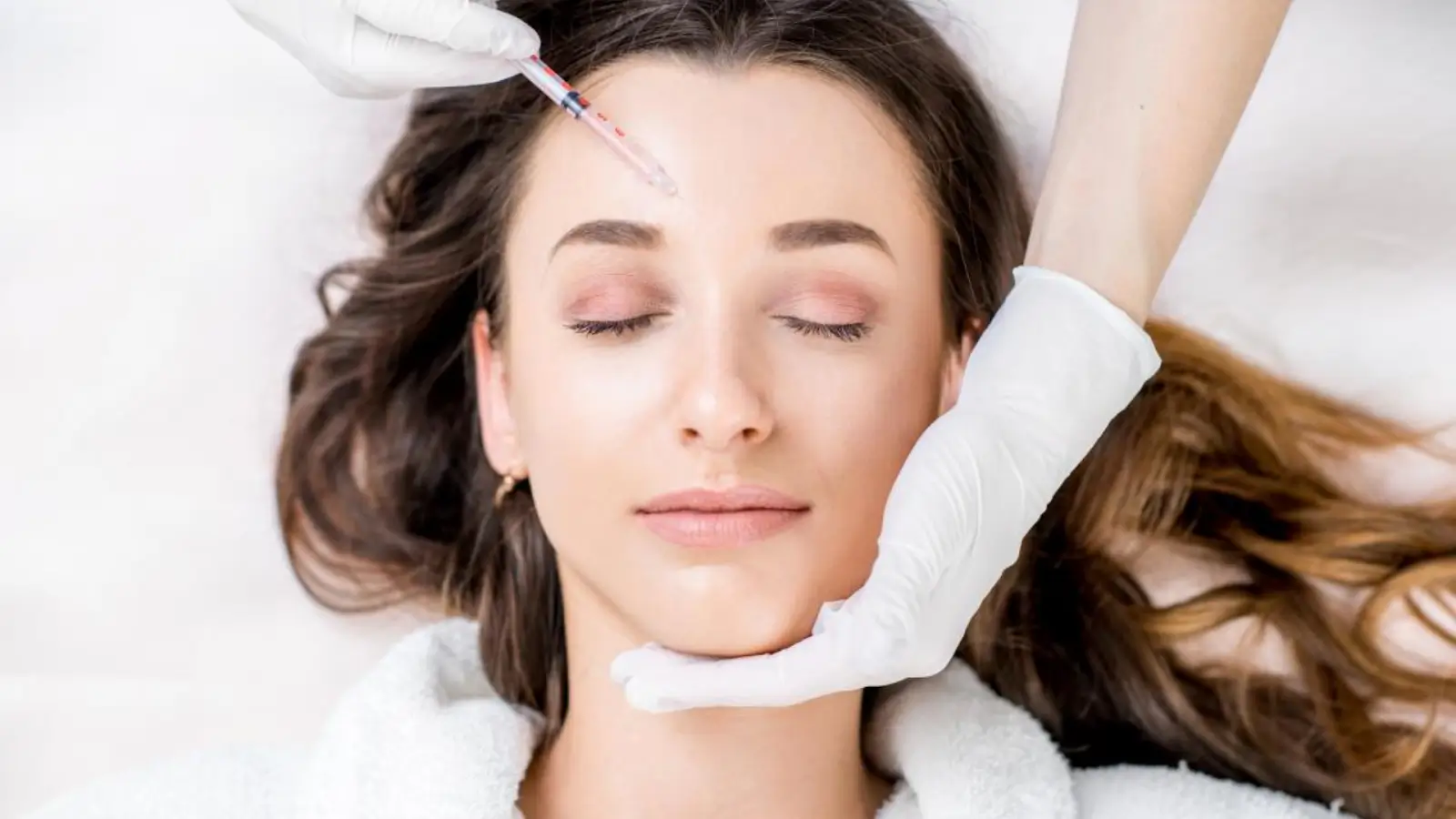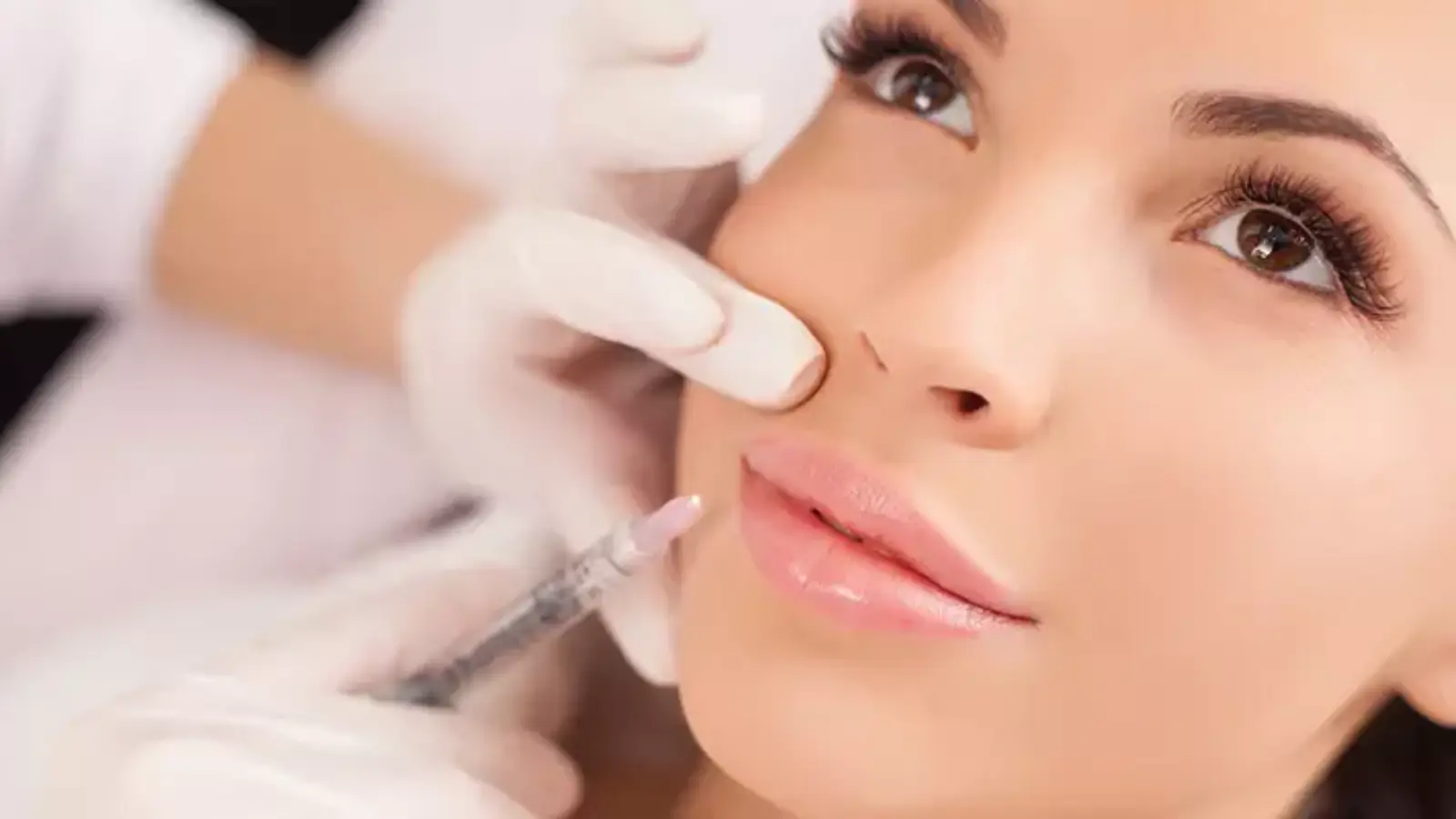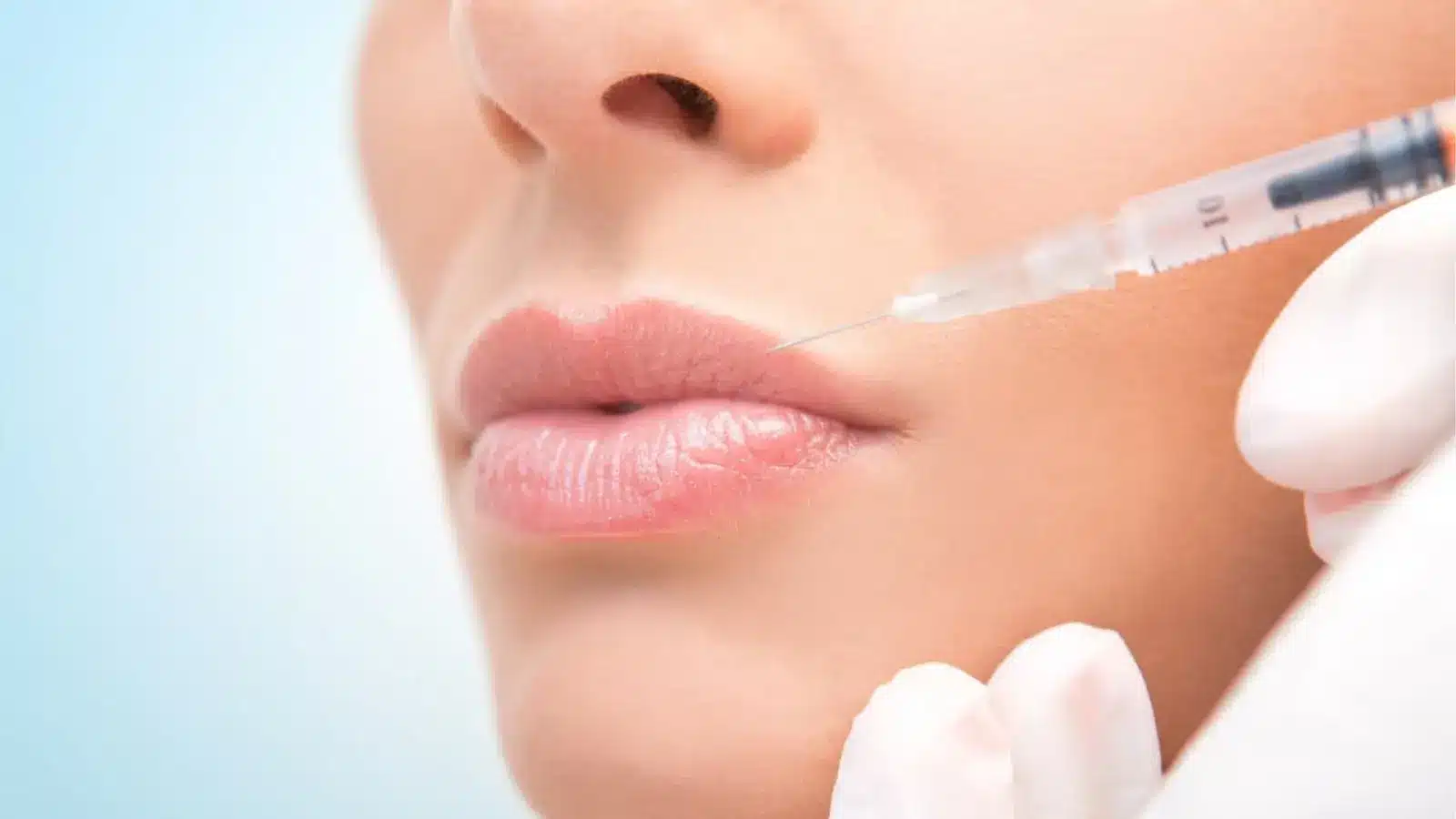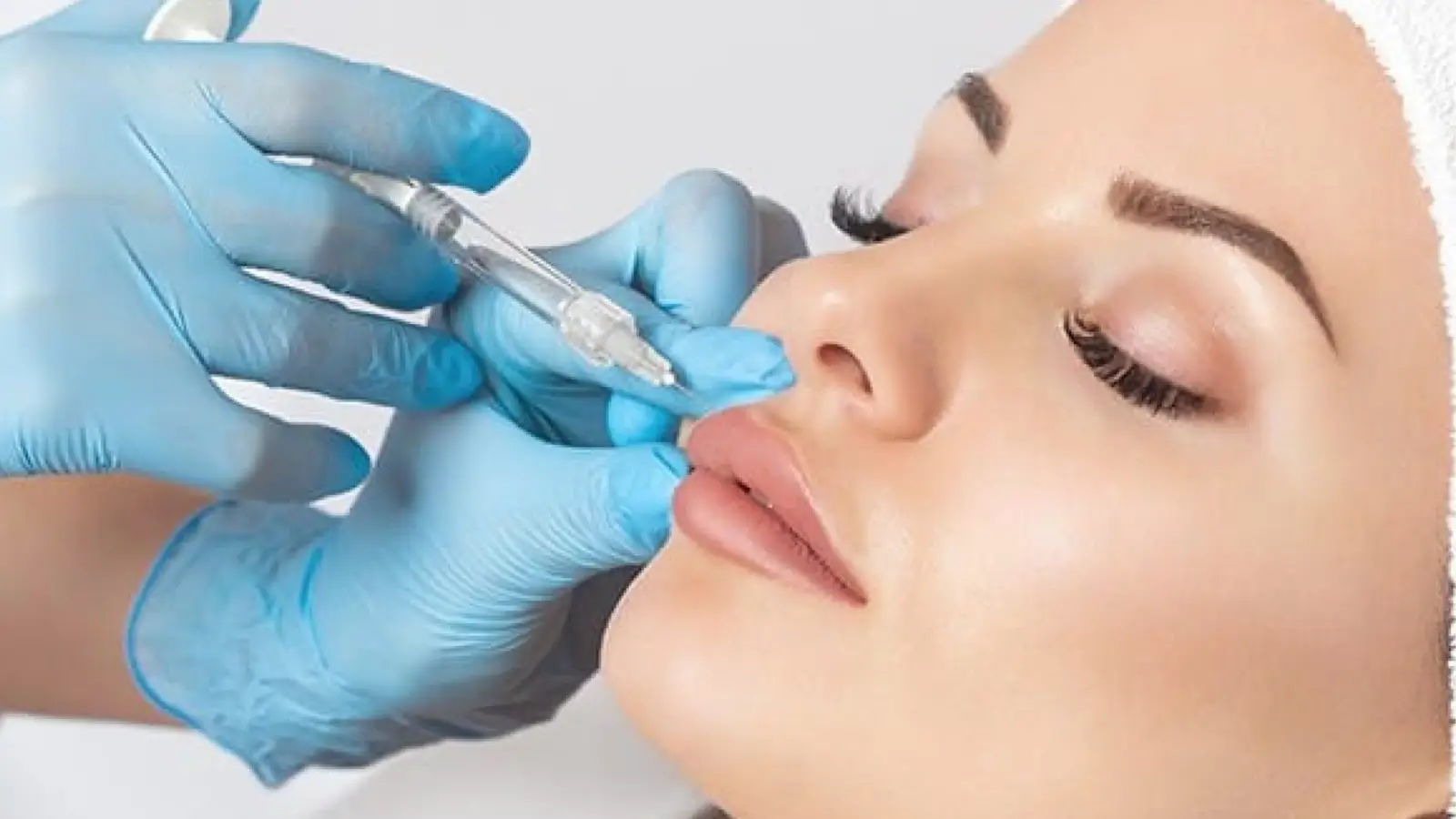
In 2023, over 5 million hyaluronic acid filler procedures were performed in the United States, making these injectables one of the most sought-after cosmetic treatments. Preferred for their ability to address concerns like wrinkles and volume loss, they provide natural-looking results with minimal downtime compared to surgery.
Two leading dermal filler brands, Neauvia and Juvederm, stand out for their innovative formulations and transformative results. Each offers distinct benefits, catering to diverse skin types and aesthetic goals.
This article provides a detailed comparison of Neauvia filler vs Juvederm, examining their formulations, advantages, and suitability to help you choose the best option for your rejuvenation needs.
Key Takeaways
- Neauvia filler and Juvederm are leading hyaluronic acid-based dermal fillers, each offering unique benefits for facial rejuvenation.
- Neauvia fillers use PEG crosslinking technology to provide long-lasting, natural-looking results. These fillers are also ideal for sensitive skin and delicate areas.
- Juvederm fillers are widely available and versatile. They offer immediate enhancements for volume restoration, wrinkle reduction, and contouring.
- Choosing between the two depends on factors like treatment goals, skin type, and desired longevity of results.
About: Doctor Medica is your trusted supplier of top-quality dermal fillers, viscosupplements, and more for your medical practice. We offer genuine products from leading brands at the lowest prices. Contact Doctor Medica today to order Neauvia online for your practice.
Introduction to Neauvia Filler and Juvederm

Neauvia and Juvederm are two popular dermal fillers, each offering unique solutions for facial rejuvenation.
- Neauvia Filler: Known for its innovative formula, Neauvia is made using cross-linked hyaluronic acid and amino acids. This filler is designed to provide natural-looking volume and hydration, making it suitable for individuals seeking subtle yet effective enhancements. Neauvia’s unique approach also includes biocompatibility, ensuring safety and efficiency.
- Juvederm: A globally recognized brand, Juvederm features a wide range of fillers tailored to address specific concerns, from smoothing wrinkles to restoring volume. Its technology enhances product longevity and provides a smooth, natural finish.
Composition and Technology

Neauvia fillers are composed of hyaluronic acid (HA) combined with polyethylene glycol diacrylate (PEGDE) through a patented Smart Crosslinking Technology (SXT). This innovative technology enhances the fillers’ stability and longevity, provides a high safety profile, and mimics the mechanical properties of natural skin tissues.
Neauvia fillers are designed to be reversible, with no pathologic inflammatory reactions, and are enriched with amino acids like glycine and L-proline to control swelling and improve rheological properties.
On the other hand, Juvederm fillers are also based on hyaluronic acid but utilize VYCROSS™ technology, which cross-links HA molecules to create a more stable and long-lasting gel. Juvederm fillers also contain lidocaine to minimize discomfort during injection and mannitol to maintain the gel’s structure.
Longevity and Results

Neauvia filler provides long-lasting results, with effects typically lasting between 12 to 18 months, depending on the specific product and treatment area. Its PEG crosslinking technology ensures slower filler degradation, allowing for sustained volume and hydration. Patients often report smoother, naturally enhanced skin with minimal maintenance.
Juvederm, known for its Vycross technology, offers a range of fillers with varying durations. Products like Juvederm Voluma can last up to 2 years, while others, such as Juvederm Ultra, offer results lasting 6 to 12 months. The smooth consistency of Juvederm fillers provides immediate results, making them a preferred choice for areas requiring precise contouring, like the lips and cheeks.
Treatment Protocols and Ideal Use Cases
Neauvia fillers follow a treatment protocol that emphasizes personalized care and precision. The treatments typically begin with a thorough consultation to assess the patient’s skin condition, aesthetic goals, and any contraindications. Neauvia fillers are ideal for a variety of uses, including deep tissue restoration, volumization, and enhancing facial contours. They are particularly suited for treating areas such as the cheeks, chin, jawline, and nasolabial folds.
At the same time, Juvederm fillers have a well-established protocol that includes an initial consultation to determine the appropriate product and treatment plan based on the patient’s needs.
Juvederm offers a range of specialized fillers, each designed for specific areas and purposes. For instance, Juvederm Voluma XC is ideal for cheek augmentation, while Juvederm Volbella XC is perfect for lip enhancement and smoothing fine lines around the mouth.
The treatment involves the injection of the filler into the targeted areas using fine needles or cannulas, often with the inclusion of lidocaine to minimize discomfort. The results are immediate, and patients can typically return to their normal activities shortly after the procedure.
Advantages and Disadvantages
Exploring the advantages and disadvantages of Neauvia filler vs Juvederm offers a clear view of how each filler stands out or falls short. This glimpse into the pros and cons sets the stage for further understanding their impact on facial rejuvenation treatments.
Advantages of Neauvia Fillers
- Natural-looking Results: Neauvia fillers provide a smooth and natural appearance.
- Longevity: Results can last between 12 to 18 months.
- Minimal Downtime: Patients can typically resume normal activities shortly after treatment.
- Safety: Lower risk of inflammatory reactions due to the Smart Crosslinking Technology (SXT).
Disadvantages of Neauvia Fillers
- Cost: Neauvia fillers can be more expensive compared to other fillers.
- Multiple Sessions: Some patients may require follow-up treatments to maintain results.
Advantages of Juvederm
- Immediate Results: Juvederm fillers provide instant improvements.
- Long-lasting Effects: Results can last from 12 to 24 months, depending on the product.
- Variety of Products: Juvederm offers different formulations tailored to specific areas and needs.
- Minimal Discomfort: The inclusion of lidocaine helps reduce injection pain.
Disadvantages of Juvederm
- Temporary Results: Like all fillers, Juvederm results are not permanent and require maintenance treatments.
- Potential Side Effects: Although rare, there can be bruising, swelling, or asymmetry.
When considering similar products like Neauvia Hydro Deluxe vs Profhilo, it’s essential to consult a professional to choose the right treatment based on individual skin concerns and goals.
Conclusion
Choosing the right dermal filler is essential for achieving your aesthetic goals. Neauvia Fillers stand out for their innovative technology and suitability for delicate skin, while Juvederm is a trusted, versatile option for instant and long-lasting results. Both brands offer exceptional solutions for facial rejuvenation, and consulting a skilled practitioner will ensure the best treatment tailored to your needs.
Whether you seek subtle hydration or dramatic contouring, understanding the differences between Neauvia and Juvederm will help you make an informed decision, enhancing your confidence and overall satisfaction with the results.
FAQs
1. What is the main difference between Neauvia and Juvederm fillers?
Neauvia fillers use PEG crosslinking technology for biocompatibility and long-lasting results, while Juvederm employs Vycross technology for a smooth gel consistency and immediate effects.
2. Which filler lasts longer, Neauvia or Juvederm?
Neauvia fillers typically last 12–18 months, while Juvederm’s longevity varies by product. Some last up to 2 years and others require maintenance within 6–12 months.
3. Are Neauvia and Juvederm safe?
Yes, both are safe when administered by trained professionals. Neauvia focuses on sensitive skin, and Juvederm has a proven safety record worldwide.
References
2023 Plastic surgery statistics. American Society of Plastic Surgeons. https://www.plasticsurgery.org/news/plastic-surgery-statistics
Wongprasert, P., Dreiss, C. A., & Murray, G. (2022). Evaluating hyaluronic acid dermal fillers: A critique of current characterization methods. Dermatologic therapy, 35(6), e15453. https://doi.org/10.1111/dth.15453
Lee, J. H., Kim, J., Lee, Y. N., Choi, S., Lee, Y. I., Suk, J., & Lee, J. H. (2024). The efficacy of intradermal hyaluronic acid filler as a skin quality booster: A prospective, single‐center, single‐arm pilot study. Journal of Cosmetic Dermatology, 23(2), 409-416.
Related Articles
Joanna Carr
Revanesse Versa Before And After With Photos
Revanesse Versa is a hyaluronic acid-based dermal filler known for delivering smooth, natural-looking results in various facial areas, including wrink...
Joanna Carr
Plinest Fast – Promotes Cell Renewal and Regeneration
Plinest Fast accelerates skin regeneration with polynucleotide technology. Discover how it enhances cell renewal, hydration, and elasticity for a heal...
Joanna Carr
Revolax vs Juvederm – Comparing Dermal FIllers
Revolax lasts up to 24 months because of a unique crosslinking method, while Juvederm uses Vycross technology for lasting effects.


